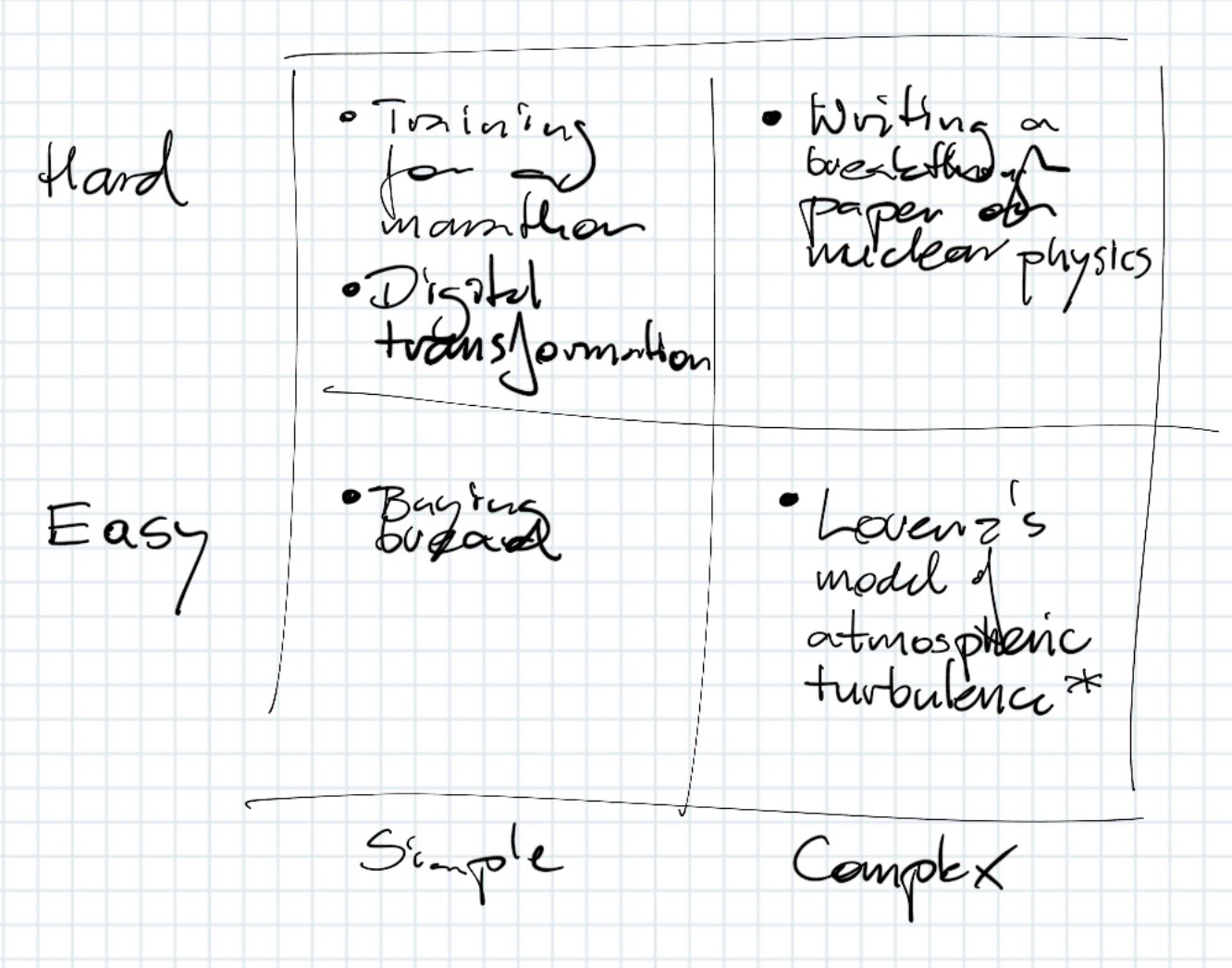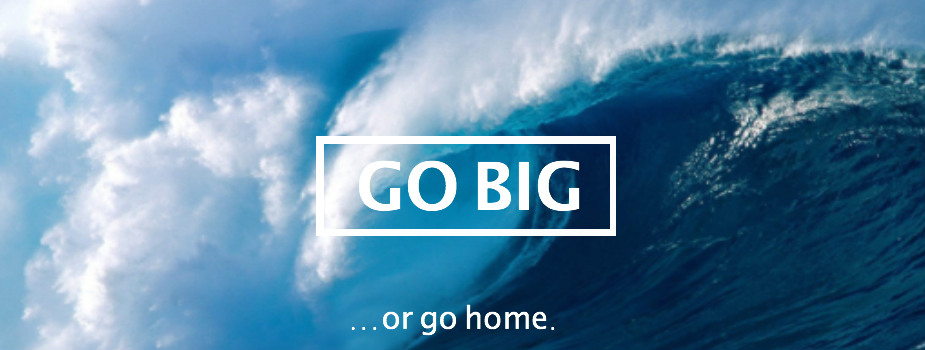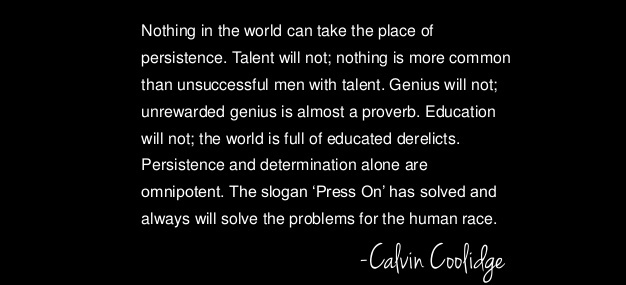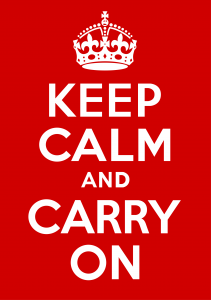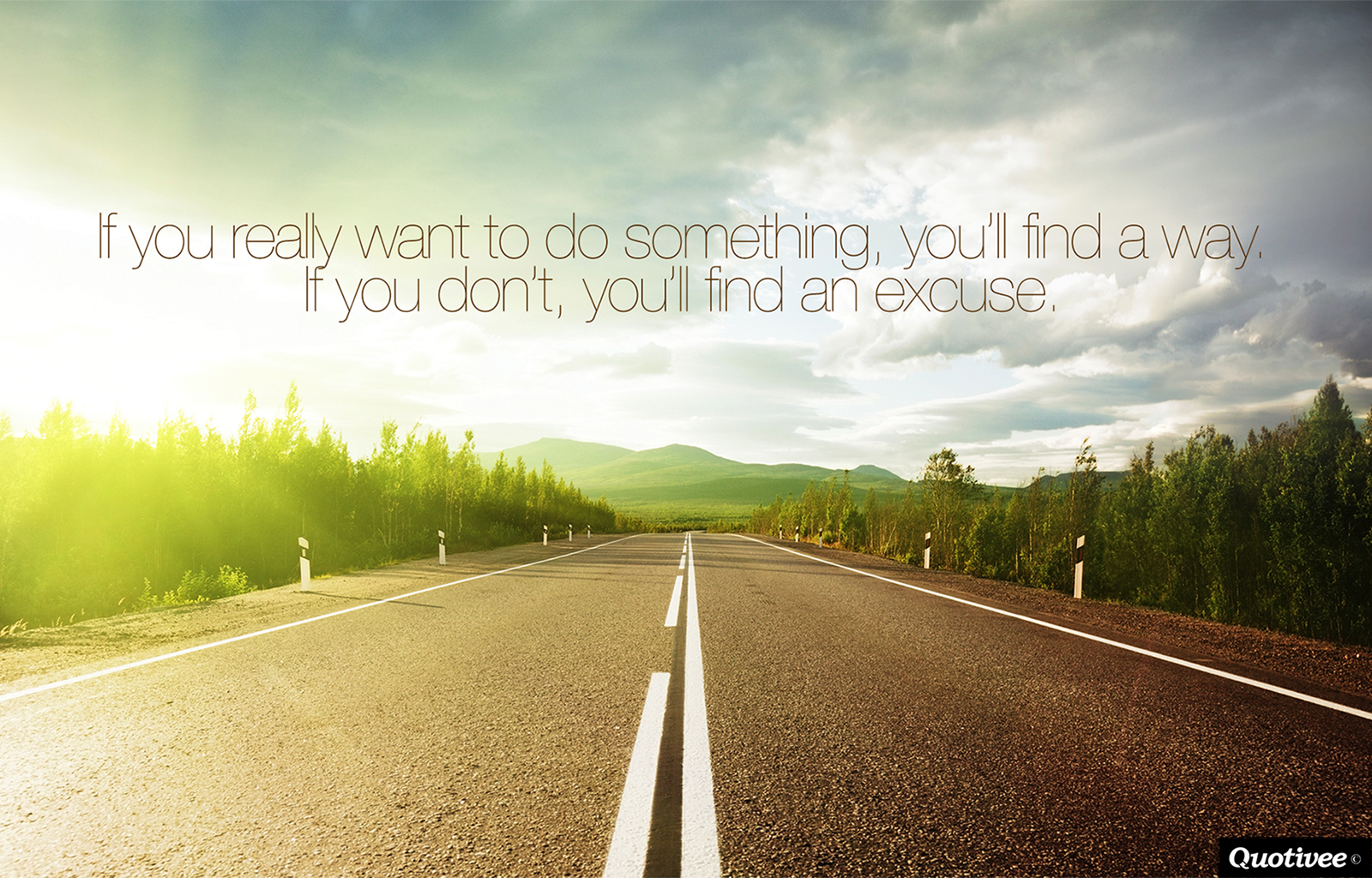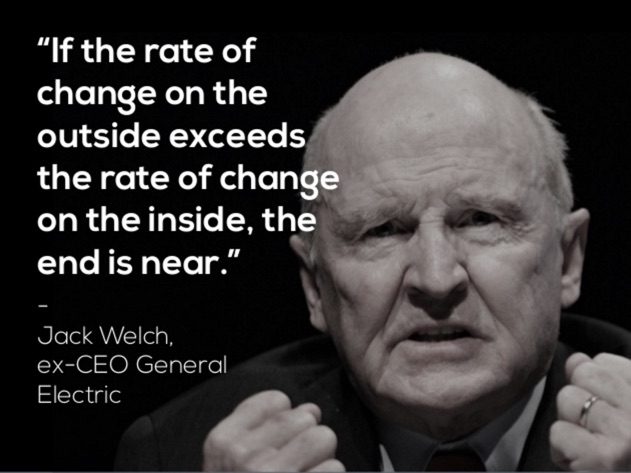Earlier today I was interviewing someone for a job at Harris Partners (side note – what a great candidate!).
I was trying to explain to her the type of culture we have – one that promotes extreme ownership. As a follow-up to the interview I wanted to leave her with some thoughts and materials that shaped my thinking over the past years in founding the company, and shaping its culture.
My list was as follows:
a) “Built to Last: Successful Habits of Visionary Companies” – I read this book the summer before I left McKinsey, and it was the straw that broke the camel’s back. Before reading it I knew I wanted to leave. After reading it I knew what company I wanted to build next.
b) “How Google Works” – Google (or any other software company) didn’t make the “Built to Last” list of companies, because one of the criteria was being around for 80 years or longer. This book describes in most detail around the types of behaviors we are trying to have Harris Partners employees – “smart creatives” – to exhibit in order for them (and our company with them) to thrive
c) Stanford University CS183C: “Technology Enabled Blitzscaling” – Reid Hoffman (a founder of LinkedIn) created the course, invited a “Who Is Who” of Silicon Valley to guest speak across 20 lectures, then made it available on YouTube. What a legend! While I learnt something applicable to Harris Partners from each lecture, the one that made the biggest impact was definitely one by Jeff Weiner (current LinkedIn CEO).
d) The Netflix deck (and a follow-up HBR article) – the Power Point presentation by CEO and Chief Talent Officer of Netflix describes how Netflix approach to talent and culture works. It was famously described by Sheryl Sandberg as the most important document ever produced in Silicon Valley. For 128 pages, it is a surprisingly quick read (helped by font size kept well above 40pt on most of text!)
My personal philosophy that most likely still shapes a lot of the Harris Partners behaviours can be very broadly classified as stoic. And there is a whole list of books that have been shaping the thinking…
